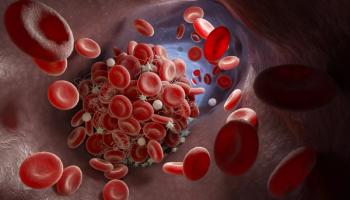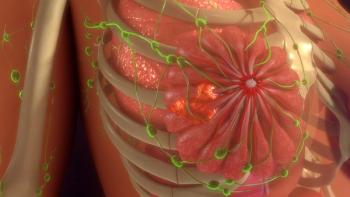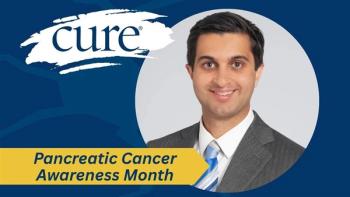
- CURE® Women's Cancers 2021 Special Issue
Cardiometabolic Risk Factors May Impact Survival in Postmenopausal Women with Cancer
This study also found that women with higher waist circumferences had a higher risk for cancer-related and all-cause death compared with those with lower waist circumferences.
Cardiometabolic risk factors, which include waist circumference, high blood pressure, high cholesterol and diabetes, may increase the risk for death in postmenopausal women diagnosed with cancer, according to findings published in Cancer.
This increased risk for mortality pertained to death from cancer, from cardiovascular disease and all-causes of death.
“Although the relevance of
Several characteristics associated with unfavorable cardiometabolic health include elevated triglycerides, increased waist circumference, elevated fasting glucose levels, hypertension (high blood pressure) and low high-density lipoprotein cholesterol levels (HDL), also known as “good” cholesterol). Previous studies have shown that women with metabolic syndrome have an increased risk for several cancers including pancreatic, endometrial, colorectal, gastric, postmenopausal breast cancer, ovarian and non-Hodgkin lymphoma, although data are limited on the relationship between cardiometabolic health and the risk for mortality in postmenopausal women diagnosed with cancer.
In this particular study, researchers analyzed data from 12,076 women (mean age at enrollment, 63.1 years; mean age at cancer diagnosis, 72.1 years) from the Women’s Health Initiative, a study sponsored by the National Heart, Lung and Blood Institute to assess prevention strategies for breast and colorectal cancer, heart disease and osteoporosis in postmenopausal women between ages 50 and 79 years. This particular analysis included postmenopausal women diagnosed with local- or regional-stage colorectal, breast, kidney, endometrial, ovarian, pancreatic, liver or stomach cancer or non-Hodgkin lymphoma.
The study authors focused on several cardiometabolic abnormalities such as hypertension (systolic blood pressure > 130 mm Hg; diastolic blood pressure > 85 mm Hg), waist circumference (high ≥ 88 cm),
Of the women in this study, 29% had no cardiometabolic abnormalities, 63% had one or two abnormalities and 8% had three or four abnormalities. During follow-up, 3,607 deaths occurred and 42.9% of which were related to cancer.
Compared with women with no cardiometabolic abnormalities, those with three or four abnormalities had a nearly two-fold increased risk for all-cause mortality. In addition, women with three or four cardiometabolic abnormalities had an estimated four-fold risk for death from cardiovascular disease, 1.37-fold risk for death from cancer and 2.14-fold risk for death due to other causes.
The researchers also assessed the effects of waist circumference on the risk for death in these women. Results from this analysis demonstrated that women with a higher waist circumference when enrolling in the Women’s Health Initiative had a greater risk for all-cause death and death related to cancer compared with a smaller waist circumference.
“These findings suggest that interventions targeting these modifiable risk factors could potentially have a clinically meaningful impact on outcomes for cancer survivors,” the study authors concluded. “The results also point out a major gap in the survivorship care of patients with cancer and the need for improved efforts by public health systems to improve survival. This hypothesis requires further prospective studies for confirmation.”
For more news on cancer updates, research and education, don’t forget to
Articles in this issue
over 4 years ago
Thinking of the Future During Cancer Treatmentover 4 years ago
Balancing Cancer Screenings and COVID-19 Safetyover 4 years ago
Having the Ball in Your Court Helps You Fight Cancerover 4 years ago
Embracing a Different Perspective After Ovarian Cancerover 4 years ago
15 Years Later, What Have We Learned About the HPV Vaccine?over 4 years ago
Targeted Therapies Take Aim at Endometrial Cancer




